BEYOND FIORDLAND
__________________
__________________
| Day | Place | Highlights |
|---|---|---|
| Day 1 | Queenstown | Arrive at your hotel informal get together |
| Day 2 | Port of Bluff | After lunch board, embark your ship at the Port of Bluff, Ruapuke Island, albatross, petrels, cormorants, gulls and Little Blue Penguins |
| Day 3 | At Sea | Various Albatross, Northern and Southern Giant Petrel, Sooty Shearwater and Little Shearwater |
| Day 4 | Campbell Island | Explore on foot and take in the beautiful panorama of the island full of wildlife |
| Day 5 | Auckland Islands - Carnley Harbour | Shipwrecks, treasure hunters, Coastwatchers, scientific parties, Adams Island, Western Harbour and Victoria Passage |
| Day 6 | Auckland Islands - Enderby Island | Wildlife and birding location, land Sandy Bay, Hooker’s or New Zealand Sea Lion, albatross, Northern Giant Petrel, Auckland Island Shag, Auckland Island Flightless Teal, Auckland Island Banded Dotterel, Auckland Island Tomtit, Bellbird, Pipit, Red-crowned Parakeet, Yellow-eyed Penguin and walks |
| Day 7 | The Snares - North East Island | Snares Crested Penguin, Snares Island Tomtit and Fernbirds |
| Day 8 | Stewart Island | Stewart and Ulva Islands, Stewart Island Robin, Stewart Island, Weka, South Island Kaka, Kereru (wood pigeon), Mohua (yellowhead), Red Crowned Parakeet, Fantail, Bellbird and Tui |
| Days 9 - 11 | Fiordland | Explore South-west corner of the South Island, Captain Cook's landing in 1773, Doubtful Sound, Dusky Sound and Acheron Passage, Astronomer’s Point and Pickersgill Harbour, Bottlenose Dolphins, Fiordland Crested Penguins and Little Penguins |
| Day 12 | Invercargill/Queenstown | Arrive Port of Bluff after breakfast, bid farewell to fellow passengers and crew then coach transfer to airport |
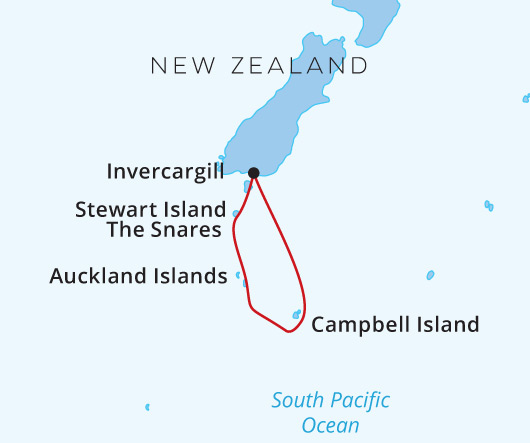
The Heritage Adventurer (formerly the MS Hanseatic) is a modern, ice-strengthened Antarctic cruise ship with all en-suite cabins accommodating up to 146 guests. Purpose built for polar waters in Rauma Finland, the Heritage Adventurer not only has the highest ice class rating (Lloyds 1AS) she also offers unmatched stability and superior speed to get you to your destination and out exploring.
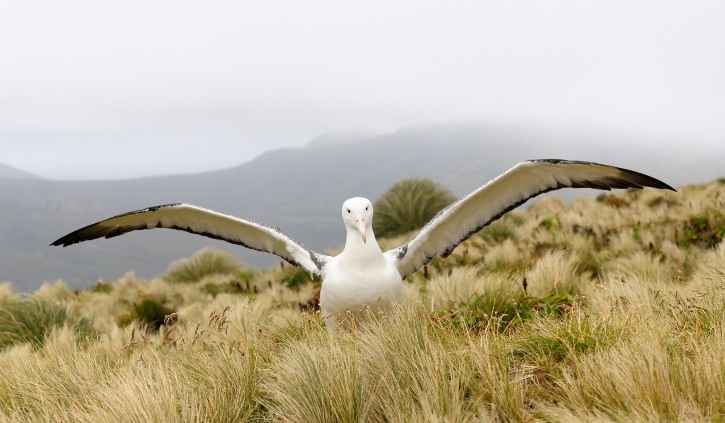
Make your way to the hotel spending the first night of the expedition, an informal get-together for dinner; an excellent opportunity to meet fellow adventurers on your voyage and some of our expedition team.
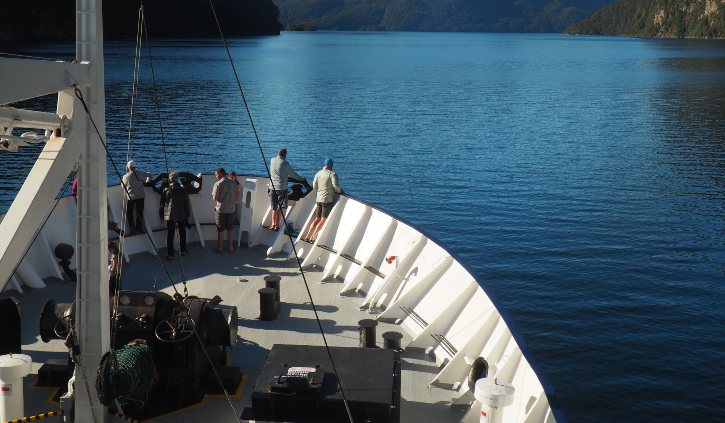
Today we enjoy breakfast in the hotel restaurant and have the morning free to explore Queenstown before returning to the hotel for lunch and departing for the Port of Bluff to embark your ship. There’s time to settle into your cabin and explore the ship. Join the expedition team in the Observation Lounge and up on the Observation Deck setting course to Campbell Island. Sail past Ruapuke Island and Stewart Island. Despite appearing quite small on most maps it is really quite large and has a 700 kilometre coastline. Seabirds that we may encounter at this early point in the voyage include: albatross, petrels, cormorants, gulls and Little Blue Penguins.
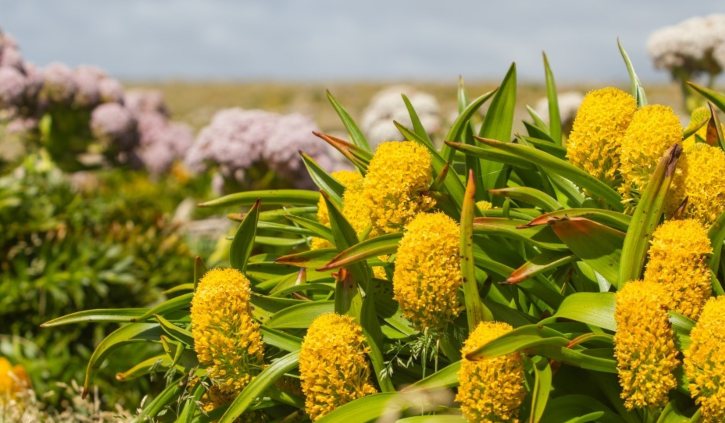
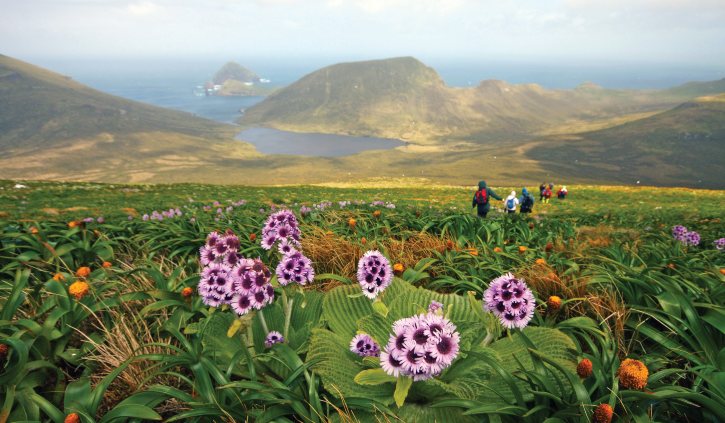
A full day to explore the island and take in the panorama of rocky islets and sea stacks; once the lonely preserve of settlers and seal hunters and now returned to nature. Enjoy an easy walk to the nesting site of the Southern Royal Albatross at Col Lyall or walk across the hills to Northwest Bay and see the strange and beautiful megaherbs growing on the hills. These huge pink and yellow wild flowers have adapted well to the harsh conditions. Also seek out other wildlife such as Campbell Island Shags, Light-mantled Sooty Albatross and, on the beaches beyond, young male sea lions testing their strength.
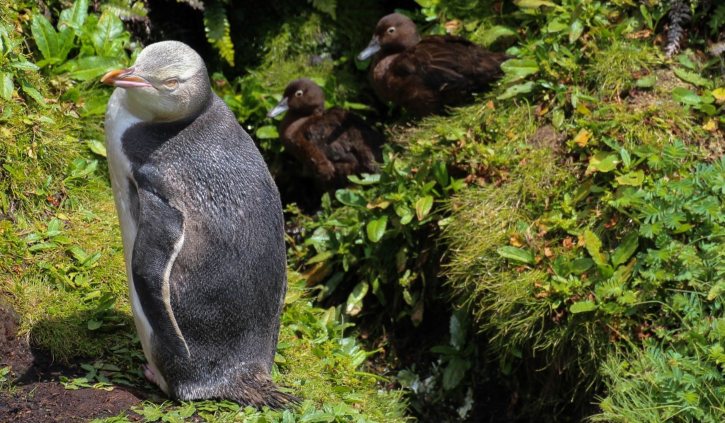
In the south of the archipelago there is a very large sheltered harbour rich in human history including shipwrecks, treasure hunters, Coastwatchers and scientific parties. We plan to arrive mid-morning entering the harbour through the eastern entrance which is guarded on both sides by dramatic cliffs and climb there will be an opportunity to Zodiac cruise along the coast of Adams Island, Western Harbour and Victoria Passage. Other options include the Tagua Bay Coastwatcher’s hut and lookout which was occupied during the Second World War. We could visit Epigwatt and the remains of the ‘Grafton’ which was wrecked here in 1864. All five men aboard survived and lived here for 18 months before sailing their modified dinghy to New Zealand to get help. Two of the survivors wrote books about their ordeal, their first-hand accounts tell us a lot about their time here. Later this evening we will sail up the eastern coast, making our way to Port Ross in preparation for our landing at Enderby Island.
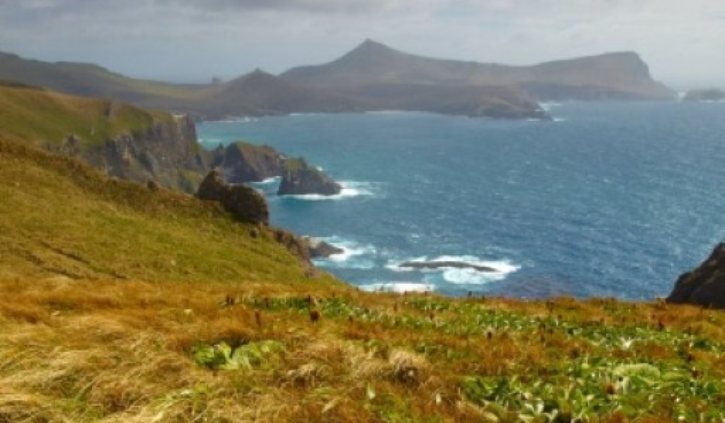
Enderby Island is one of the most beautiful islands in this group and is named after the same distinguished shipping family as one of our own vessels. It’s an outstanding wildlife and birding location and is relatively easy to land on and walk around. Cleared of all introduced animals (pests) in 1994 and both birds and the vegetation, especially the herbaceous plants, are recovering both in numbers and diversity. The plan is landing at Sandy Bay, one of three breeding areas in the Auckland Islands for the Hooker’s or New Zealand Sea Lion, a rare member of the seal family. Beachmaster bulls gather on the beach, defending their harems from younger (ambitious) males, to mate with the cows shortly after they have given birth to a single pup. During our day ashore choose from longer walks, some shorter walks and time spent just sitting and enjoying the wildlife. A boardwalk traverses the island to the dramatic western cliffs, from there we follow the coast and circumnavigate the island. Birds that we are likely to encounter include the following species: Southern Royal Albatross, Northern Giant Petrel, Auckland Island Shag, Auckland Island Flightless Teal, Auckland Island Banded Dotterel, Auckland Island Tomtit, Bellbird, Pipit, Red-crowned Parakeet, Yellow-eyed Penguin and Light-mantled Sooty Albatross. There is also a very good chance of seeing the Subantarctic Snipe.
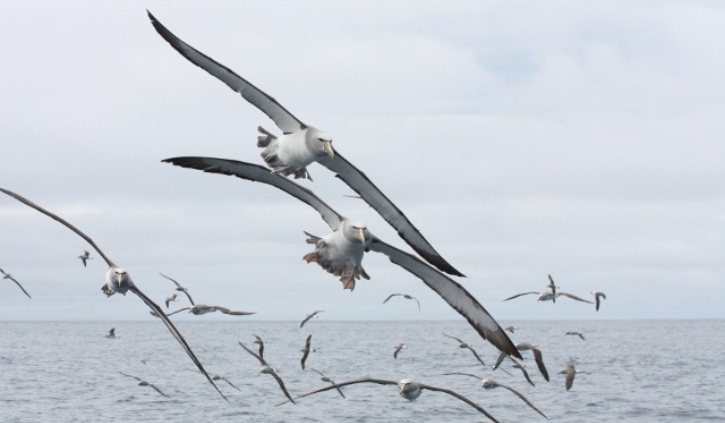
The closest Subantarctic Islands to New Zealand, they were appropriately called The Snares as they were once considered a hazard for sailing ships. Uninhabited and enjoying the highest protection as Nature Reserves. We plan to arrive in the morning, and as landings are not permitted, we will Zodiac cruise along the sheltered eastern side of the main island if the weather and sea conditions are suitable. In the sheltered bays, we should see the endemic Snares Crested Penguin, Snares Island Tomtit and Fernbirds. There are hundreds of thousands of Sooty Shearwaters nesting on The Snares; the actual number is much debated. Buller’s Albatross breed here from early January onwards. There will be opportunities to view the forests of large tree daisy Olearia lyallii which forms a canopy over much of the island group. Tonight we enjoy a farewell and celebratory dinner and time to reflect on a wealth of new experiences and recap on what amazing wildlife, plant life, landscapes and history.

Spend the day exploring Stewart and Ulva Islands. Rich in history and wildlife, Ulva Island has been predator-free since 1997 and its bird song and wildlife is some of the best in New Zealand. Some of the wildlife you may get to see while walking the tracks on Ulva Island include Stewart Island Robin, Stewart Island Weka, South Island Kaka, Kereru (wood pigeon), Mohua (yellowhead), Red Crowned Parakeet, Fantail, Bellbird and Tui. There are many more species that may also be seen, our knowledgeable expedition guides will be listening for bird calls and keeping a close watch in overhead canopies and the surrounding shrubs to identify further species. In the afternoon we turn our attention to other parts of Paterson Inlet and visit the historic Norwegian whaling station in Prices Inlet and Kaipipi Bay, where from 1923 and 1933 the Ross Sea Whaling Company of Sandefjord, Norway ran a repair base in Prices Inlet where chaser boats were serviced in preparation for the Antarctic summer. There may be an opportunity to explore quirky town centre Oban in Halfmoon Bay where a drink with a view can be enjoyed at the iconic South Sea Hotel.
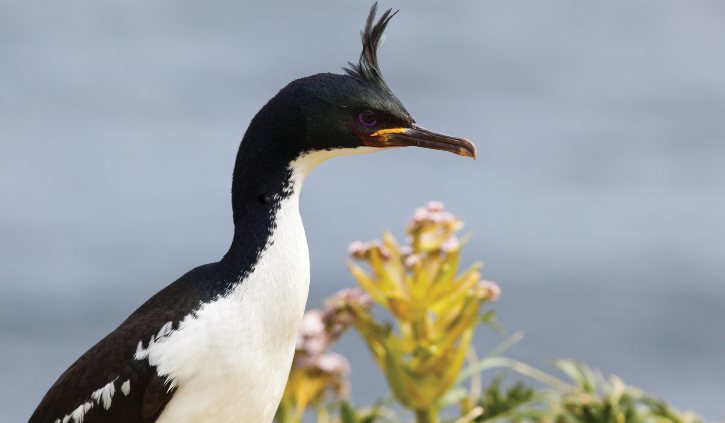
Plenty of time exploring the incredible wilderness of fiords in the south-west corner of the South Island. Rich in history, majestic scenery and abundant in wildlife. Captain Cook and his crew landed here on HMS Resolution in 1773. Cook’s records of his discovery and maps attracted sealers and whalers not long after who then formed the first European settlements of New Zealand, historically this region is very important and shaped the future of the country. Only accessible by sea, making it the most remote region of New Zealand’s mainland. Waterfalls, streams, rivers and fiords are enveloped with misty veils that come and go. The rugged terrain, thickly forested floors are covered with ferns, lichens and mosses. Bottlenose Dolphins, Fiordland Crested Penguins and Little Penguins are all residents of the fiords; during our time here we will look out for them. Our schedule gives us the flexibility to visit as much as possible, areas we plan to visit during our time in Fiordland include Doubtful Sound, Dusky Sound and Acheron Passage, Astronomer’s Point and Pickersgill Harbour. Day 11 enjoy a celebratory dinner.
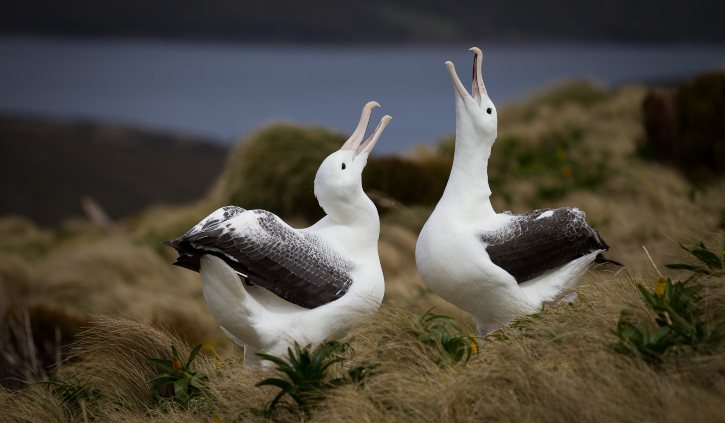
Arriving in Port of Bluff and after a final breakfast farewell fellow voyagers and take a complimentary coach transfer to either Invercargill or Queenstown Airports.